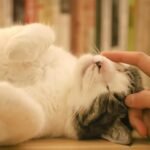Imagine this: you’re walking through your house, and your cat is quietly padding along behind you, shadowing your every step. Yet, when you pause and pat the couch, hoping for a snuggle session, your furry friend simply sits nearby, watching with curious eyes, but never curling up in your lap. It’s a familiar scene that leaves many cat lovers scratching their heads—and maybe even feeling a little rejected. But what’s really going on in the mind of a cat that follows but doesn’t cuddle? Let’s unravel the mystery with a warm, honest look at our feline companions’ quirky behaviors.
Understanding Feline Independence

Cats are famously independent creatures. Unlike dogs, they often prefer to keep a certain distance, even from those they adore. This independence doesn’t mean your cat doesn’t love you. In fact, following you from room to room shows a deep sense of attachment. Many cats want to be near their humans but on their own terms. Think of it like having a friend who loves your company but doesn’t always want a hug. This is part of what makes cats so fascinating—each one is a little mystery to be solved.
Curiosity at Play
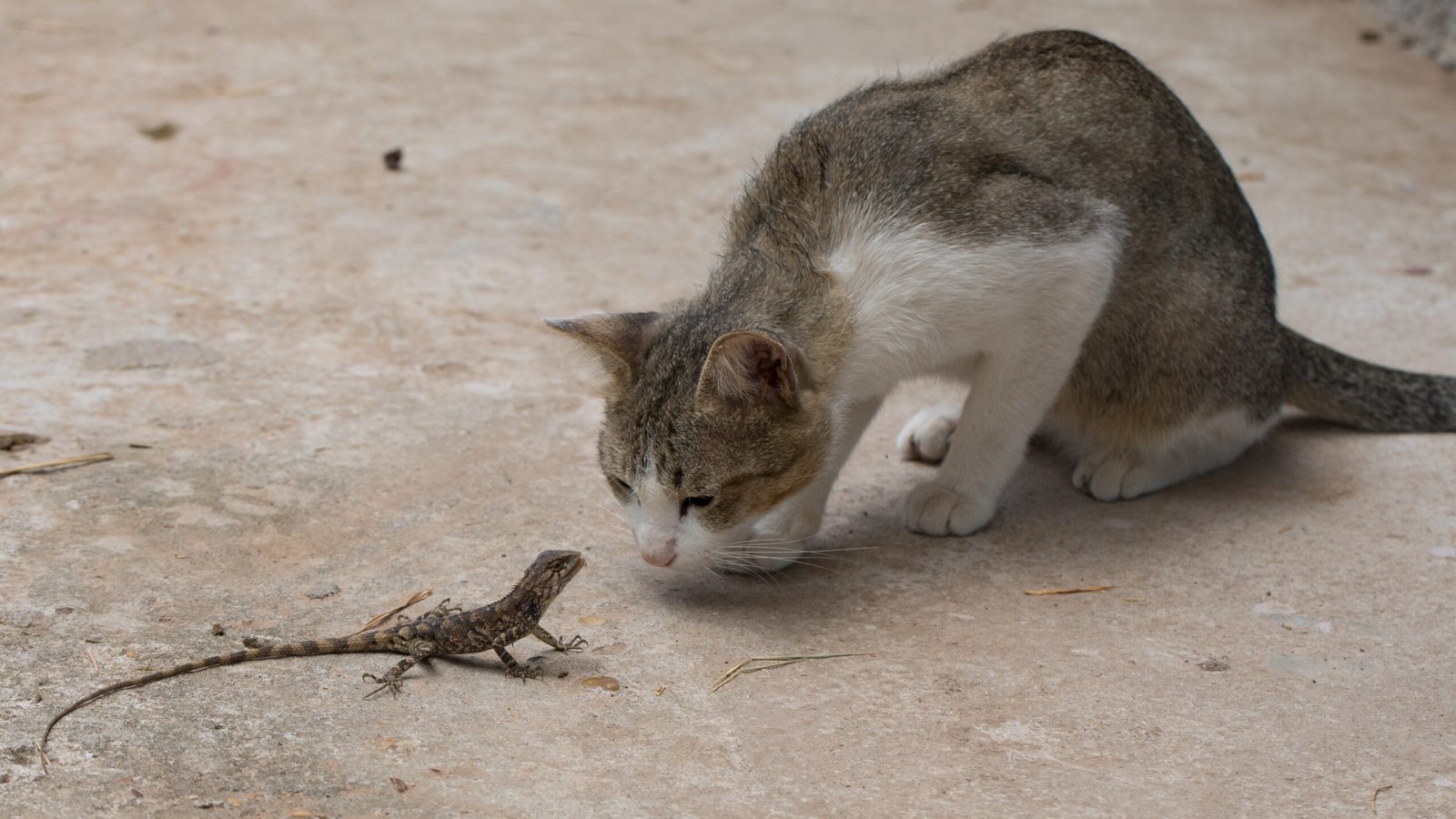
Curiosity might not kill the cat, but it sure keeps them on their toes! Cats are naturally curious animals, and if you’re moving around, they want to know what you’re up to. Your cat may follow you just to keep track of the action. Maybe you’re heading to the kitchen, and they’re hoping for a treat. Or perhaps you’re simply an interesting part of their environment. Following you satisfies their need to be in the know, even if they don’t want to get cozy.
Seeking Security and Comfort

Your presence can be a source of comfort for your cat. By staying close, your cat feels more secure, especially in a busy or unfamiliar environment. This behavior can be compared to a child staying near a parent at a crowded event. Cats often find reassurance just being near you, but physical contact might feel overwhelming or unnecessary to them at that moment.
Personal Space Preferences

Just like people, cats have their own preferences when it comes to personal space. Some cats simply don’t enjoy being held or cuddled, and that’s okay. They might show affection by sitting near you, gently blinking, or bringing you little “gifts” from their outdoor adventures. It’s their way of saying, “I love you, but let’s keep a little space between us.”
Past Experiences and Socialization

A cat’s early experiences can have a big impact on their behavior as adults. Kittens that were handled gently and frequently are often more comfortable with cuddling. On the other hand, cats that didn’t have much positive human interaction might be more reserved. If your cat follows you but isn’t physically affectionate, it could be due to their upbringing or past experiences.
Bonding Through Proximity

For many cats, being close to you is enough. They bond not by cuddling, but by simply sharing your space. If your cat follows you and settles nearby, consider it a compliment. They’re choosing to be with you, even if it’s not in the way you imagined. This quiet companionship is one of the most beautiful and understated forms of feline affection.
Respecting Boundaries
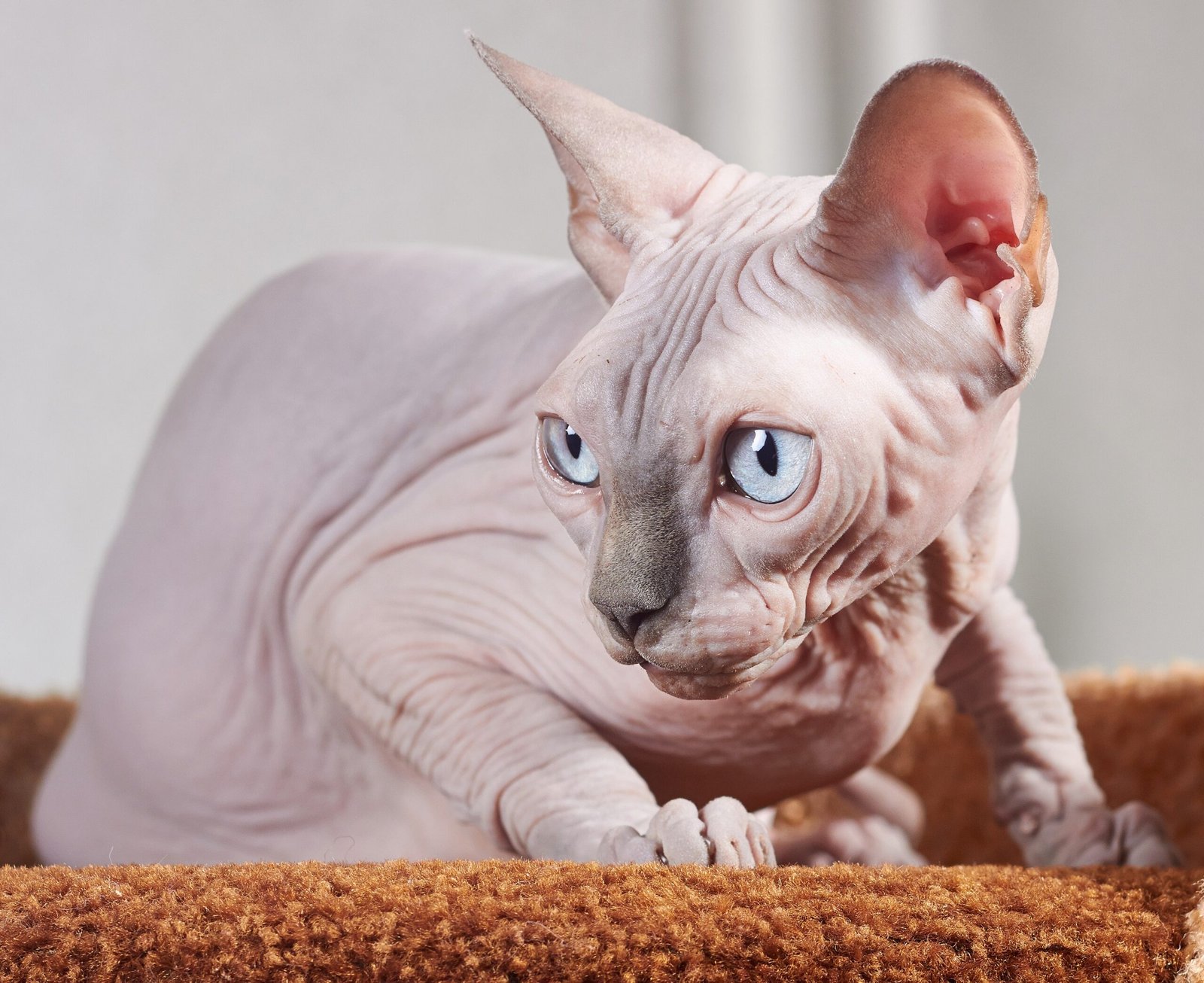
Cats are masters at setting boundaries, and they expect us to respect them. If your cat doesn’t want to cuddle, forcing the issue can make them pull away even more. Instead, let your cat set the pace. Offer gentle pets or a soft voice, and let them come to you when they’re ready. This respect builds trust and can deepen your bond over time.
Reading Body Language
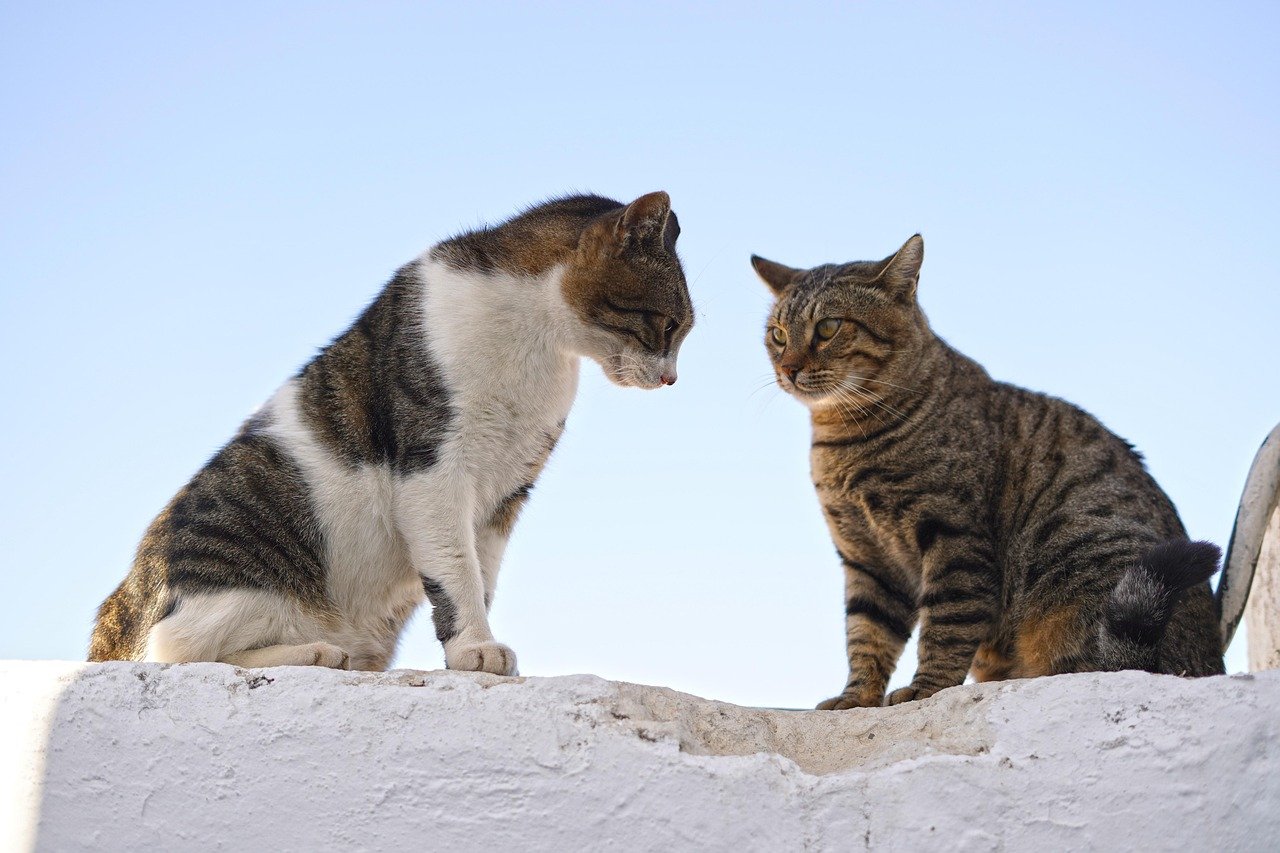
Cats communicate volumes through their body language. If your cat’s tail is up, ears are forward, and eyes are relaxed, they’re happy to be near you. However, a swishing tail or flattened ears might indicate they need more space. Pay attention to these subtle cues to understand how your cat is feeling. It’s like learning a new language—one built on winks, wiggles, and purrs.
Following as a Sign of Affection

It might surprise you, but following you around is often a sign of love and trust. Cats don’t waste energy on people or things they don’t care about. If your cat is your little shadow, they’re choosing you over all the other cozy spots in the house. It’s their way of saying, “You matter to me.”
Testing the Waters
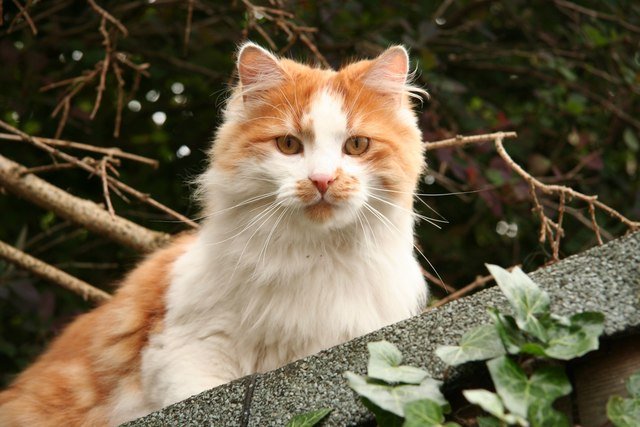
Sometimes, a cat will follow you to see how you’ll respond. They might want to play, get a treat, or simply observe what you’re doing. This is their way of testing the waters—gauging your mood and deciding if interaction is a good idea. Cats are much more sensitive to our emotions than we give them credit for.
The Influence of Breed

Some cat breeds are naturally more aloof or independent. For example, Russian Blues and British Shorthairs are often content with quiet company, while Siamese or Ragdolls might demand more attention. If your cat doesn’t cuddle, it might just be part of their breed’s personality. Knowing your cat’s breed can help set realistic expectations for affection.
Health and Comfort Considerations

If your cat suddenly stops cuddling but starts following you more, it might be a sign something’s off. Cats can become clingy when they’re not feeling well, but might avoid being touched if they’re in pain. Always pay attention to changes in behavior, as these can be subtle clues your cat needs a vet visit.
Environmental Factors

The environment in your home can influence your cat’s behavior. Loud noises, new pets, or unfamiliar guests might make your cat more anxious and less likely to cuddle. In these cases, following you is a way to seek reassurance without direct contact. You’re their anchor in a changing world.
Preference for Play Over Cuddling

Some cats simply prefer playtime to snuggle time. They might follow you in hopes of a game or a chase with a feather toy. If cuddling isn’t their thing, try engaging them with interactive play. Sometimes, a good play session is the best way to bond with a non-cuddly kitty.
Age and Energy Levels
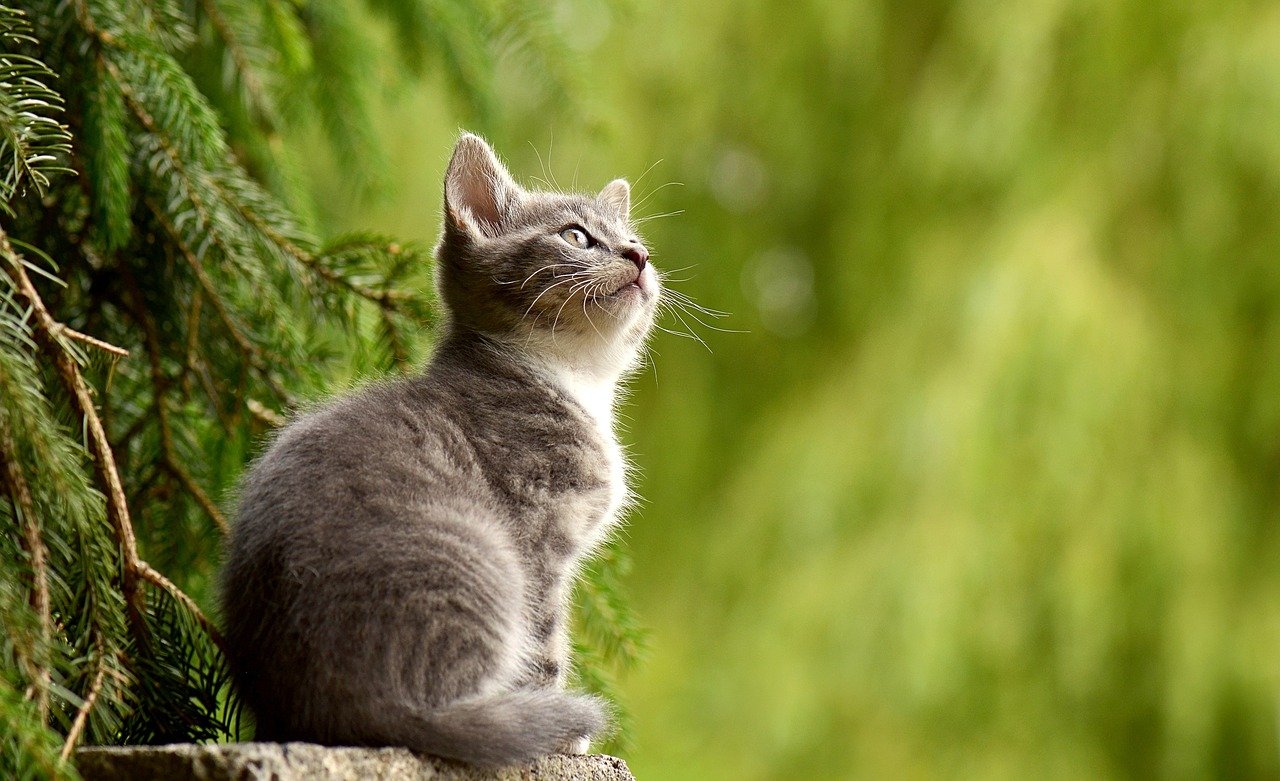
Kittens and younger cats are often more active and less interested in cuddling than their older counterparts. They follow you because they’re curious and full of energy, but they might not settle down for a nap in your lap. As cats age, they often become more affectionate and enjoy closer contact.
Attachment Without Dependency

Cats are experts at being attached without being dependent. They want to be near their favorite humans but still maintain their independence. Following you is their way of balancing attachment with autonomy—a dance of love at arm’s length.
Food and Routine Influences

Let’s be honest—sometimes your cat is following you because you’re the one who fills the food bowl. Cats are creatures of routine, and they quickly learn who provides meals. If your cat shadows you around mealtimes, there’s a good chance their affection is mixed with anticipation for dinner.
Seasonal and Temperature Changes
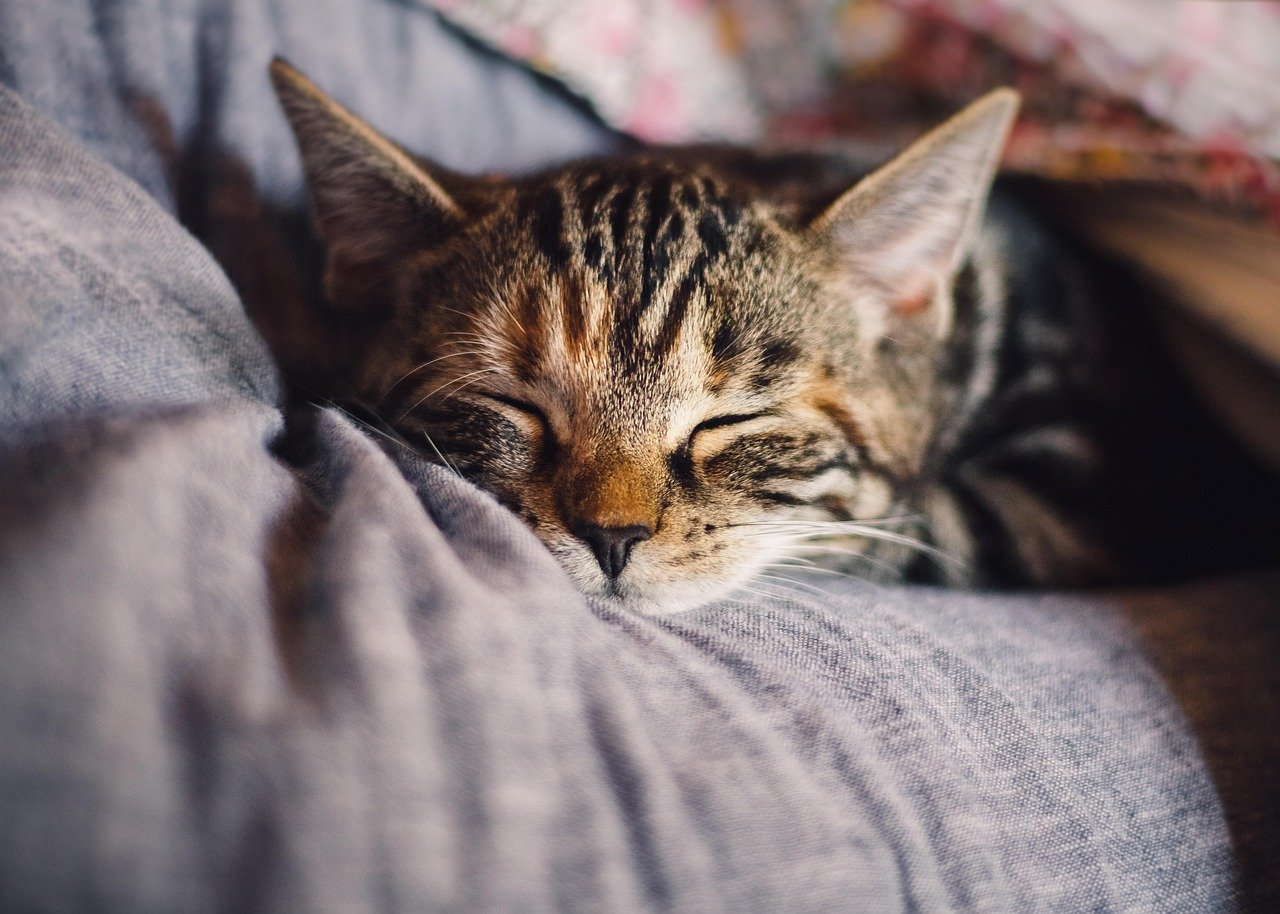
Believe it or not, the weather can affect your cat’s cuddling habits. In warmer months, cats are less likely to snuggle because they’re avoiding extra heat. During colder seasons, you might notice your cat is more willing to curl up beside you for warmth.
Building Trust Over Time
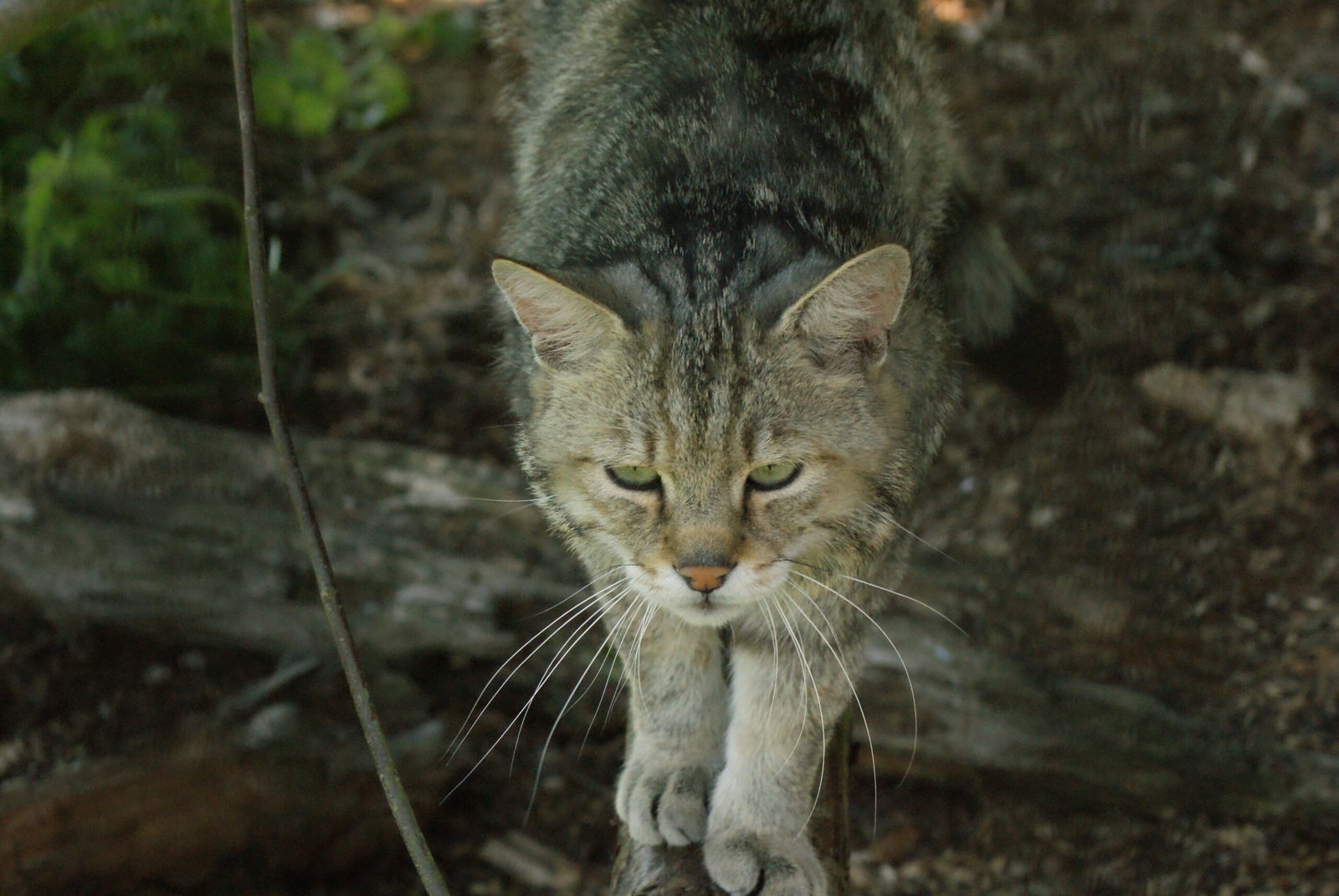
Trust is everything with cats. If your cat follows you but doesn’t cuddle, don’t lose hope. With time, patience, and gentle encouragement, your cat may become more comfortable with physical affection. The more trust you build, the more likely your cat is to seek out closer contact.
Celebrating Your Cat’s Unique Personality

Every cat is an individual, with their own quirks and ways of expressing love. Some will never be lap cats, but that doesn’t mean your bond is any less special. Embrace your cat’s unique personality, and celebrate the quiet companionship they offer. The fact that your cat follows you says more about your relationship than a thousand cuddles ever could.
Hi, I’m Bola, a passionate writer and creative strategist with a knack for crafting compelling content that educates, inspires, and connects. Over the years, I’ve honed my skills across various writing fields, including content creation, copywriting, online course development, and video scriptwriting.
When I’m not at my desk, you’ll find me exploring new ideas, reading books, or brainstorming creative ways to solve challenges. I believe that words have the power to transform, and I’m here to help you leverage that power for success.
Thanks for stopping by, Keep coming to this website to checkout new articles form me. You’d always love it!



